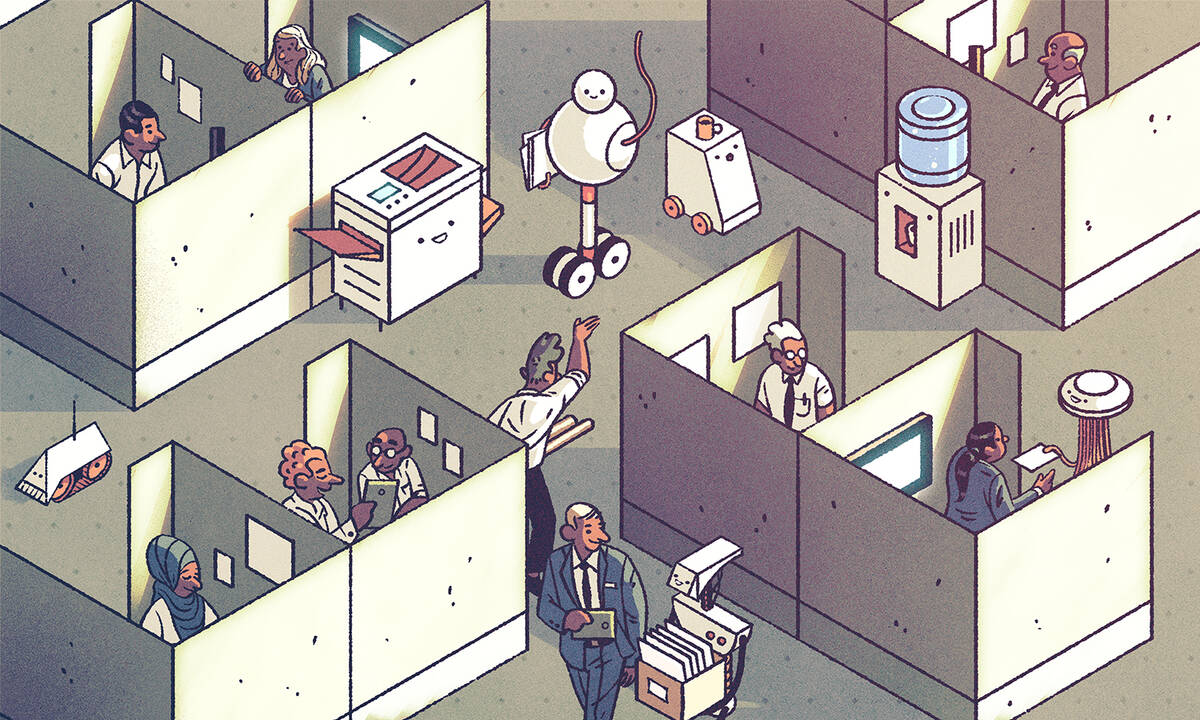Featured Faculty
Henry Bullock Professor of Finance & Real Estate; Director of the Crown Family Israel Center for Innovation; Co-Director of the Guthrie Center for Real Estate Research

Michael Meier
In 1987, at the beginning of the IT-driven technological revolution, the Nobel Prize–winning economist Robert Solow famously quipped that “you can see the computer age everywhere but in the productivity statistics.”
More than 30 years later, another technological revolution seems imminent. In what is called “the Fourth Industrial revolution,” attention is devoted to automation and robots. Many have argued that robots may significantly transform corporations, leading to massive worker displacement and a significant increase in firms’ capital intensity. Yet, despite these omnipresent predictions, it is hard to find robots not only in aggregate productivity statistics but also anywhere else.
While investment in robots has increased significantly in recent years, it remains a small share of total investment. The use of robots is almost zero in industries other than manufacturing, and even within manufacturing, robotization is very low for all but a few poster-child industries, such as automotive. For example, in the manufacturing sector, robots account for around 2.1 percent of total capital expenditures. For the economy as a whole, robots account for about 0.3 percent of total investment in equipment. Moreover, recent increases in sales of robotics are driven mostly by China and other developing nations as they play catch-up in manufacturing, rather than by increasing robotization in developed countries. These low levels of robotization cast doubt on doomsday projections in which robots will cut demand for human employees.
But is it too early to assess the future of robots? Is it possible that robots are still in their infancy, and the current levels of adoption are not indicative of their future impact on the workplace? After all, Solow’s productivity paradox was ultimately resolved in subsequent decades, as investments in digital technologies paid off, transforming the world in the process.
Maybe, but maybe not. A decade after Solow’s observation, the economic impact of IT was evident. The same cannot be said about robotics.
Even looking just at investment reveals a large discrepancy between the two types of technologies. Spending on IT equipment accelerated sharply in the early 1990s, ten years after the introduction of these technologies in the early 1980s. Investment in robots, while growing, remains relatively close to initial levels. Today, investment in information and communication technology, software, and other R&D expenditures dwarfs investment in robotics—and current trends show no signs of reversal.
These estimates suggest that the predictions of a transformative impact of robots—and, in particular, of large employment losses driven by robotization—may not come to fruition.
In fact, there is even some evidence that investment in robots, at least at somewhat current levels, could have the opposite effect. Earlier studies argued that robots were a key driver of worker displacement in recent years. But more recent research finds this is not necessarily the case—and that investment in robots can lead to increased firm-level productivity, which in turn encourages firms to hire additional employees.
But while robots are unlikely to transform the workplace, other modern technologies that are more widespread than robots are likely to have more important economic consequences. In particular, those same digital technologies such as advances in data processing, cloud computing, and network communications that first captured Solow’s attention—while less spectacular—could end up having much bigger effects on jobs and the future of work.
*
This article originally appeared in Forbes.